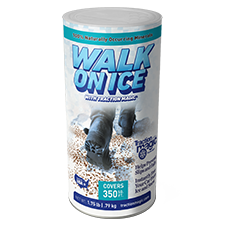How To Remove Gravel From A Concrete Driveway
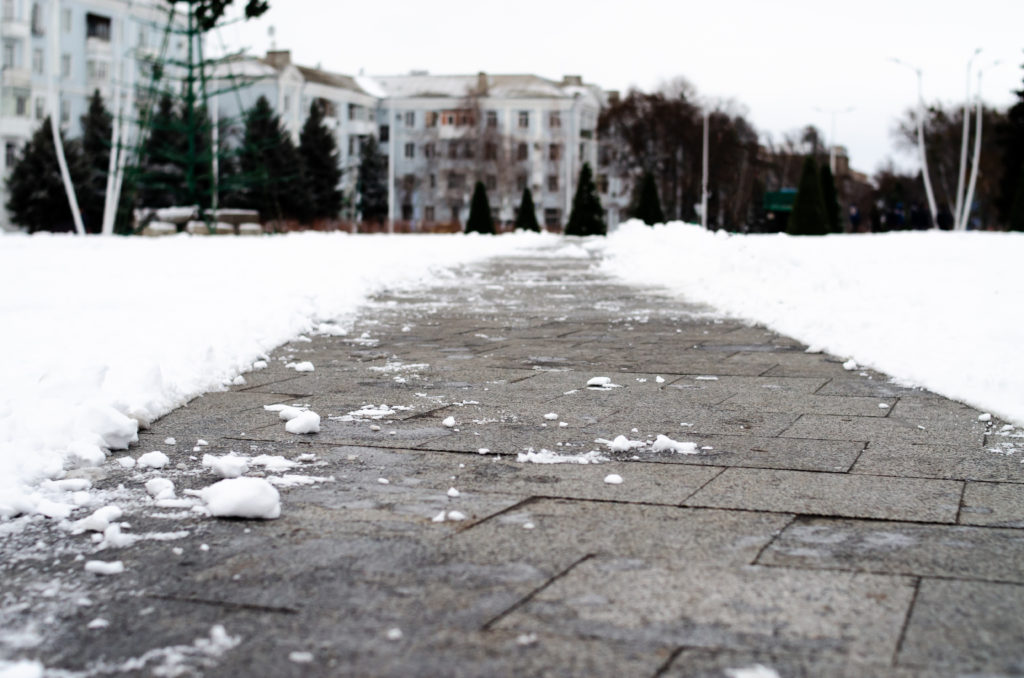
Introduction
If you have a concrete driveway, there is likely some gravel lying on the driveway that not only looks bad but prevents you to use your driveway in particular ways. Gravel can come from many sources: loose stones from construction projects nearby or rocks from landscaping projects. In this article, we will give you an overview of how to remove gravel from a concrete driveway to enjoy your property again. If you’re a DIY type of person then we will also discuss if you should use DIY ice melt for concrete or not.
How to Remove Gravel from a Concrete Driveway
Gravel accumulation on your concrete driveway can be both unsightly and damaging. Not only does it detract from your home’s curb appeal, but it can also cause abrasion and staining over time. Understanding how to remove gravel effectively and prevent its recurrence is essential for maintaining the integrity and appearance of your driveway. This comprehensive guide explores various removal techniques, preventative strategies, and long-term maintenance practices to keep your driveway in top condition.
Preventative Measures to Minimize Gravel Accumulation
Preventing gravel from migrating onto your concrete driveway is the first step toward a clean and durable surface.
Install Effective Edging
One of the most effective ways to prevent gravel migration is by installing sturdy edging along areas adjacent to gravel paths or gardens. Materials like metal, plastic, or stone can serve as barriers, keeping gravel contained and off your driveway.
Use Landscaping Fabric
Placing landscaping fabric under gravel areas can reduce the movement of stones. The fabric acts as a barrier between the soil and gravel, minimizing displacement caused by foot traffic or weather conditions.
Regular Maintenance of Gravel Areas
Rake and level your gravel surfaces regularly to redistribute displaced stones and maintain an even layer. This practice reduces the likelihood of gravel spilling over onto your concrete driveway.
Environmental Considerations in Gravel Removal
While removing gravel is necessary for driveway maintenance, it’s important to consider the environmental impact of your methods.
Proper Disposal of Removed Gravel
Instead of discarding the collected gravel, consider repurposing it in your garden beds, pathways, or drainage solutions. This not only reduces waste but also minimizes environmental harm by preventing gravel from entering storm drains and waterways.
Eco-Friendly Cleaning Agents
If you use any cleaning solutions during the gravel removal process, opt for biodegradable and non-toxic products. Harsh chemicals can leach into the soil and harm local plant and animal life.
Minimizing Dust and Noise Pollution
When using equipment like power washers or vacuums, be mindful of noise levels and dust generation. Operating equipment during appropriate hours and using dust suppression methods can reduce the impact on your neighbors and the environment.

Process Of Removing Gravel From Your Driveway
- Get the right tools – You’ll need a metal rake and a broom to sweep up the gravel, or else you could end up picking up pebbles and small rocks by hand. You’ll also need a large pail or tub to hold the debris as you work.
- Get the right materials – Gravel is made of crushed stones, it’s recommended that you wear gloves when handling it—it can be sharp! Most experts recommend wearing jeans because they’re tough enough for this kind of job but not too thick or heavy at the same time.
- Sweep using metal rakes – Next, use metal rakes at one end of each slab and then move toward another section until most all areas have been covered with several sweeps downward motion.
- Remove the final layer of gravel – The final layer of gravel is the hardest to remove. If you’re doing this yourself, use a shovel or jackhammer power tool to break up the gravel, being careful not to damage your driveway’s structure.
- Clean the driveway – Use a pressure washer to remove any stains or dirt. Pressure washers are effective at cleaning concrete and should not damage the driveway. If you do not have access to a pressure washer, use a driveway cleaner to remove stains, oil, and grease from your concrete driveway.
Comparative Analysis of Gravel Removal Techniques
Several methods are available for removing gravel from your concrete driveway. Each has its advantages and potential drawbacks.
Manual Removal
- Effectiveness: High for small to moderate amounts of gravel.
- Cost: Low; requires basic tools like a broom, shovel, and dustpan.
- Impact on Concrete Surface: Minimal risk of damage.
- Drawbacks: Time-consuming and labor-intensive, especially for larger driveways.
Power Washing
- Effectiveness: Excellent for dislodging gravel embedded in the concrete surface or in cracks.
- Cost: Moderate; may require renting or purchasing a power washer.
- Impact on Concrete Surface: Can cause erosion or damage if the pressure is too high, especially on older or unsealed concrete.
- Drawbacks: Uses a significant amount of water and may require cleanup of displaced gravel and water runoff.
Vacuum Systems
- Effectiveness: High efficiency in removing loose gravel without scattering it.
- Cost: High; industrial-grade vacuums can be expensive to rent or buy.
- Impact on Concrete Surface: Gentle; minimal risk of surface damage.
- Drawbacks: May not remove gravel embedded in cracks; requires access to power and may be noisy.
Magnetic Sweepers (For Metal Debris)
- Effectiveness: Ideal for metal debris but not effective for standard gravel.
- Cost: Varies depending on the size and strength of the magnet.
- Impact on Concrete Surface: None.
- Drawbacks: Ineffective for non-metallic gravel.
Selecting the right method depends on the amount of gravel, your budget, and the condition of your concrete driveway.
- Apply a sealant – The final step to completing your project is to apply a sealant. You can use a sealant whether you are just sealing the surface or if you are also going to cover it with asphalt. Sealants will prevent water from seeping into the concrete and causing damage, which is why we recommend applying one even if you aren’t covering up your driveway. A sealant will protect your concrete in other ways, too: it keeps cracks from getting larger over time; makes the surface look new and clean; protects against chemicals such as oil and gas that can get onto driveways, and prevents salt spray from damaging the concrete (if there’s salt around where you live).
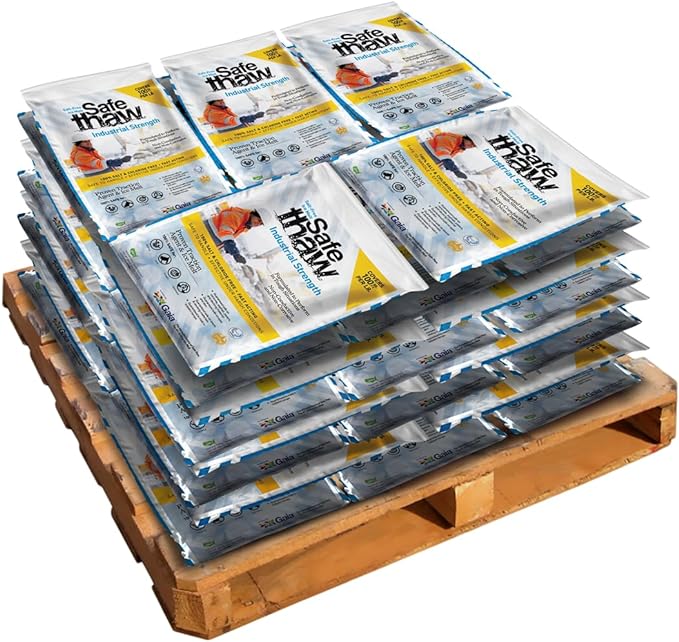
40 Bags
Safe Paw Thaw Industrial Strength Salt-Free Pet Safe Snow Ice Melter and Traction Agent for Concrete, Asphalt, Decks, Lawns, and More, 43 Pound Bag- 40 Bags
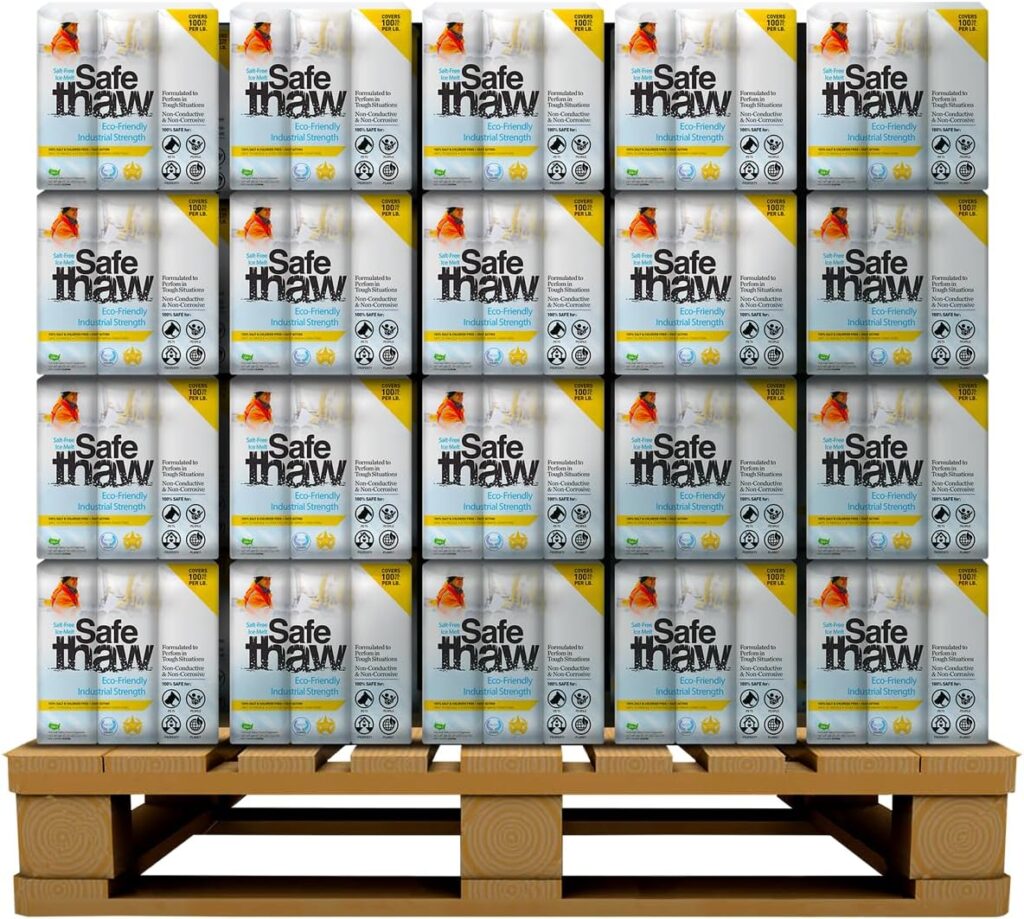
100 Boxes
Safe Thaw Industrial Strength 100% Salt/Chloride-Free, Pet/Paw-Safe Snow & Ice Melter and Traction Agent. Use on Concrete, Asphalt, Roofs & On Any Surface, 30 Pound FlexiPail- 100 Boxes
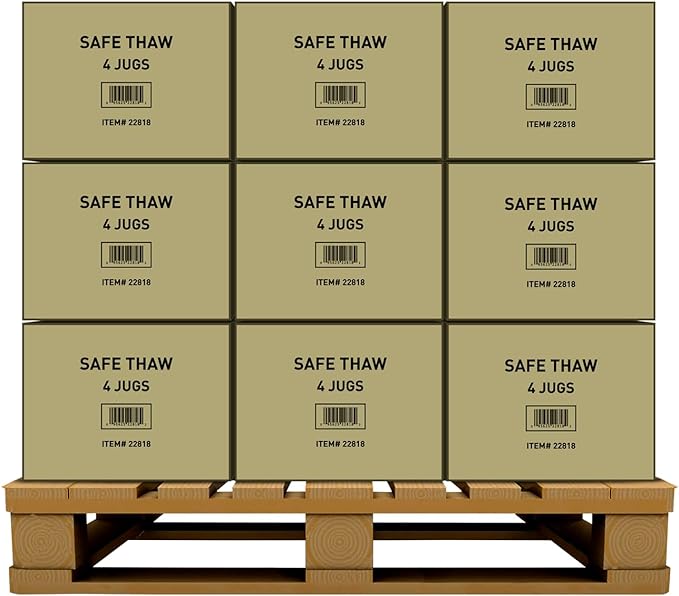
105 Jugs
Safe Thaw Concrete Safe 100% Salt-Free, Pet Safe Snow and ice Melter, Industrial Strength, Chloride-Free, and Traction Agent. Use on Asphalt, Roofs & On Any Surface, 10 Pound Jug- 105 Jugs
You Can Also Hire An Expert
If you’re not up for tackling the job yourself, hiring a professional is your best bet. While it can be tempting to save money and do it all on your own, this is one task that’s worth letting someone else handle. The last thing you want is to end up with an uneven and bumpy driveway because of DIY mistakes—not to mention it could cost you thousands in repairs if they caused any damage!
Ice Melt for Concrete
Ice melts for concrete driveways are sold in various forms, including salt and calcium chloride ice melt for concrete. These chemicals can damage concrete and also harm the surroundings. Some people also use DIY ice melt for concrete like – Rubbing alcohol, vinegar, beet juice, soda, etc. But these DIY solutions are not at all effective at freezing temperatures and cause a great deal of mess on your driveway.
Safe Thaw Ice Melt is one of the best concrete safe ice melt products on the market. It is a urea-based ice melt designed to be safe for concrete, kids, pets, and the planet.
Safe Thaw’s non-corrosive formula can be used as ice melt on concrete driveways, lawns, and decking material without discoloring or damaging the surface.
Long-Term Maintenance Practices for Gravel-Free Driveways
Consistent maintenance is key to preserving the appearance and longevity of your concrete driveway.
Regular Inspections
Conduct periodic inspections to identify and address gravel accumulation early. This practice prevents abrasion and potential staining caused by prolonged contact between gravel and the concrete surface.
Prompt Removal of Stray Gravel
Remove any gravel immediately upon noticing it. A simple sweep with a broom can prevent small amounts from becoming a larger issue.
Periodic Resealing
Applying a concrete sealer every two to three years creates a protective barrier against abrasion, stains, and the elements. This is especially important for driveways with heavy vehicle traffic or exposure to harsh weather conditions.
Maintain Optimal Concrete Driveway Thickness
Ensuring your driveway has the appropriate concrete driveway thickness (typically 4 to 6 inches for residential driveways) enhances its durability and resistance to damage from gravel and other debris.
The Role of Ice Melt Products in Driveway Maintenance
Winter introduces additional challenges, such as ice and snow, which can exacerbate gravel issues.
Using Ice Melt for Trex Decking on Concrete
Opt for ice melt for Trex decking or similar products that are safe for concrete surfaces. These ice melts are chloride-free and less likely to cause scaling or spalling, preserving the integrity of your driveway.
Best Ice Melt for Pavers and Concrete
Choose the best ice melt for pavers that is environmentally friendly and safe for pets and plants. Products like Safe Thaw provide effective ice melting without the harmful side effects of traditional salts.
Avoiding Gravel Displacement During Snow Removal
When shoveling snow or using snow blowers, be cautious to prevent displacing gravel onto your driveway. Adjust equipment settings to hover slightly above the ground or use equipment designed for use on gravel surfaces.
Conclusion
Maintaining a gravel-free concrete driveway enhances your property’s curb appeal and extends the life of the surface. By implementing preventative measures like installing effective edging and performing regular maintenance, you can minimize gravel accumulation. When removal is necessary, choosing the right method—whether manual, power washing, or vacuum systems—ensures effective cleaning with minimal environmental impact.
100% salt & chloride-free, fast acting Ice Management Solution
Conclusion
Removing gravel from your concrete driveway is a big project. You can either do it yourself or hire an expert to do that for you.
Try Also Our Other Winter Safety Products:
Safe Paw
The Original and #1 Selling Pet and Child Safe Ice Melt for over 20 years. Guaranteed environmentally safe –It won’t harm animals or children, and it won’t damage your property. That’s Safe Paw. Safe Paw can change how winter affects our planet.

Walk On Ice
The handy disposable canister can be taken everywhere, with the same 100% naturally occurring minerals that provide instant traction on ice or snow. Use it on sidewalks, steps, or as an instant traction agent for your car.
